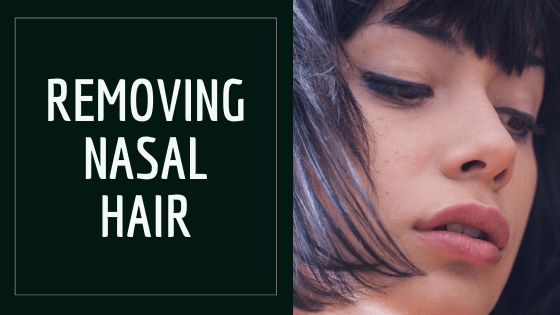The dark side of nose hair removal
Getting rid of your nose hairs may not actually be the best idea. Nose hairs serve a purpose for your health. They act as a natural defense mechanism in protecting the nostrils against debris and allergens. Nose hairs can greatly reduce the effects of allergies or hay fever.
Nose hairs also help to regulate the moisture content in the air we breathe. However, without maintenance, nose hair can grow excessively, and you might end up with long hair coming out of your nose! To avoid embarrassment, you may want to remove your nose hairs. This may be the case whether you are male or female.
But how do you go about this?
Methods Of Removing Nose Hair
Two effective methods can be used to remove nose hair:
Trimming Nose Hair
This is the most common method to remove nose hair. Trimming is simple and less painful. You only need electric nose hair trimmers or trimmer scissors. Note that when you are using trimming scissors, make sure that the room is well-lit and has a mirror. This helps to reduce the risks of internal cuts and causing bleeding.
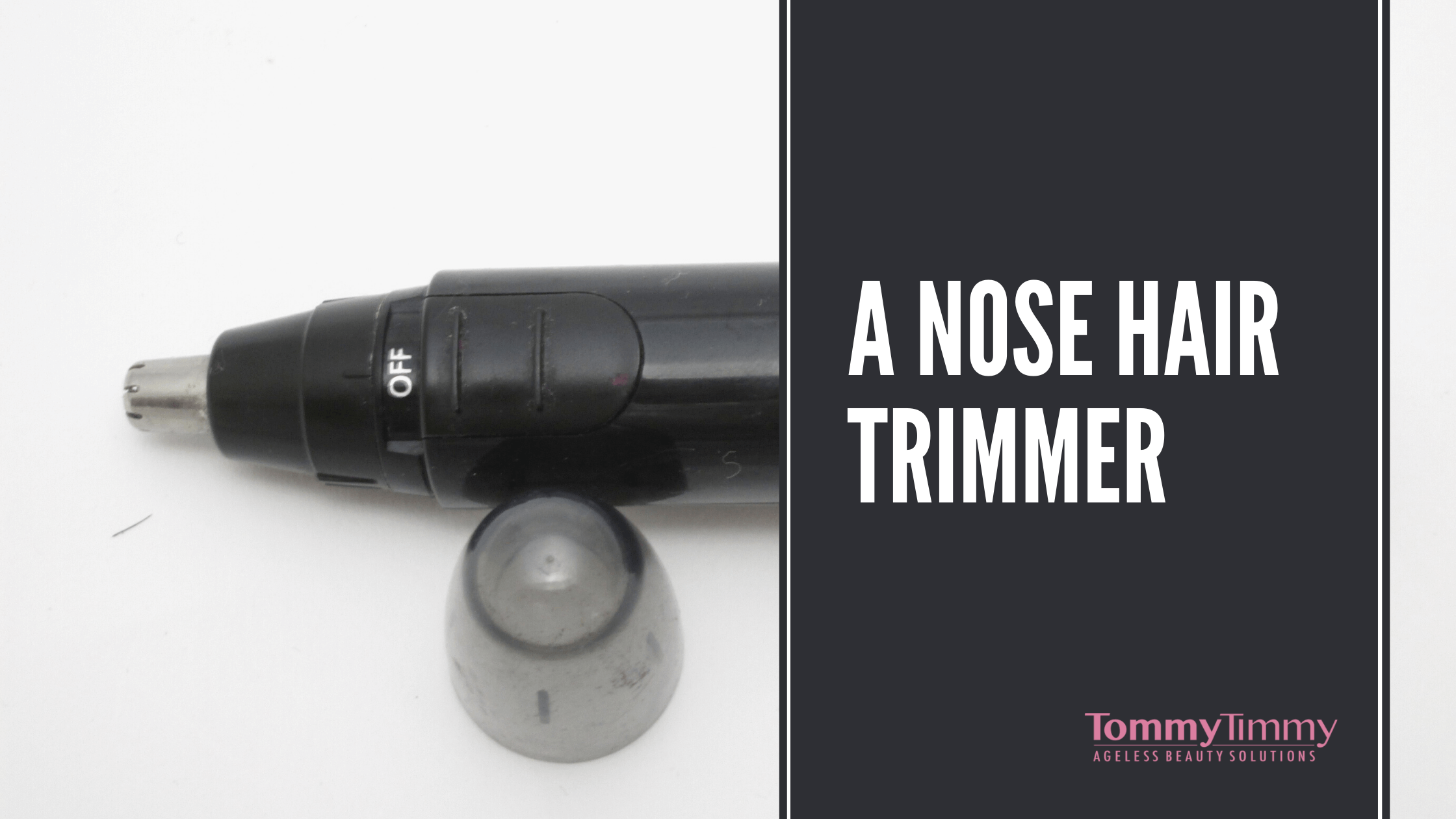
Also comes with protection against injuring your sensitive nostrils.
Electric nose trimmers normally fit the nostrils perfectly and have less risk of injuring the internal tissues. These devices have rotating blades on the end that cut nose hair. These blades are small, and they are protectively placed inside a guard. So, there will be no direct contact between them and the skin.
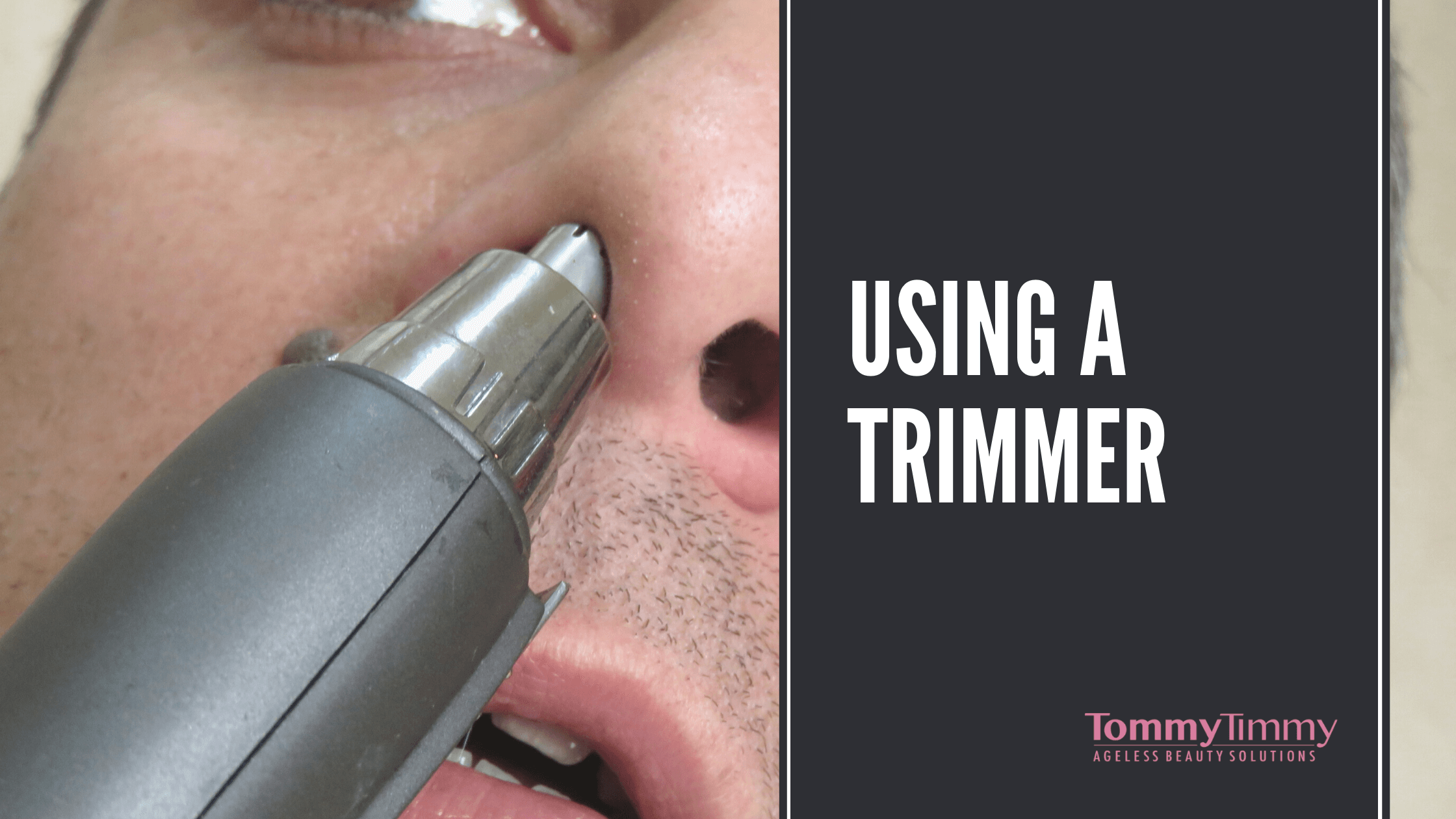
And also don’t take any photos as evidence!
Trimming is the most recommended nose hair removal technique because of the way it works. It normally removes or shortens just 2 or 3 protruding nose hairs. So, this means that your nostrils will still have some hair that is needed to protect them.
This is not a permanent nose hair removal solution as the hair will eventually grow back.
Laser Nose Hair Removal
Laser hair removal is a safer and more effective treatment than trimming. A laser is normally used to remove nose hair permanently. The technique focuses on nostril hairs that are visible from the outside. They are those that are found right on the entrance to the nostrils.
By permanently removing them, your nose hair will not be visible from the outside. The technique heats up and destroys nose hair follicles from the root.
Cons of laser nose hair removal
This method doesn’t target all the nose hair. It only works on the edges of your nostrils. One side of the nostril is usually held up slightly while the laser is shot into the sides.
Number of laser treatments for nose hair removal
Before you consider this type of treatment, know that you need at least six laser sessions for this method to be effective. In addition to that, the treatment can only be done by a certified dermatologist or cosmetologist. Make sure that you consult extensively and enquire:
- How to prepare for laser treatment for nose hair
- Type of treatments required before and after laser hair treatment
- The total number of laser sessions you need and the cost
Possible Side Effects of Laser Hair Removal
While this seems to be an effective permanent solution to remove nose hairs, there are several things that you need to consider before seeking treatment. Your nostrils are still at a high risk of ending up with injured mucous membranes. In addition to that, this is an expensive treatment option.

How To Safely And Effectively Remove Nose Hair
Regardless of the technique you use, safety and effectiveness are the key factors you need to consider. But all this depends on how you prepare beforehand.
Blow Your Nose
It would help if you blew your nose to make sure the nose hair trimmer or nose hair laser effectively removes the hair. Blowing out your nose facilitates the removal of debris and accumulated mucous.
Be Gentle When Trimming
The mucous membrane that covers the nostril is very sensitive. So, it would help if you were very careful and gentle. If you randomly insert the clippers or scissors and then start scraping around without proper alignment, you can injure your nose.
Ingrown Hair in Nose
Sometimes after trimming, you risk the chance of developing ingrown hair. This condition occurs when the hair shaft reenters and grows back into the nasal membrane. Possible signs of ingrown hair include:
- Itching and pain
- Skin redness
- Tiny bumps – sometimes the bumps are pus-filled
Ingrown Nose Hair Treatment
To treat ingrown nose hair, use a warm washcloth to clean the skin. Then using your hand, massage the affected area in circular motions. If the condition doesn’t get better, then you need to seek clinical treatment.
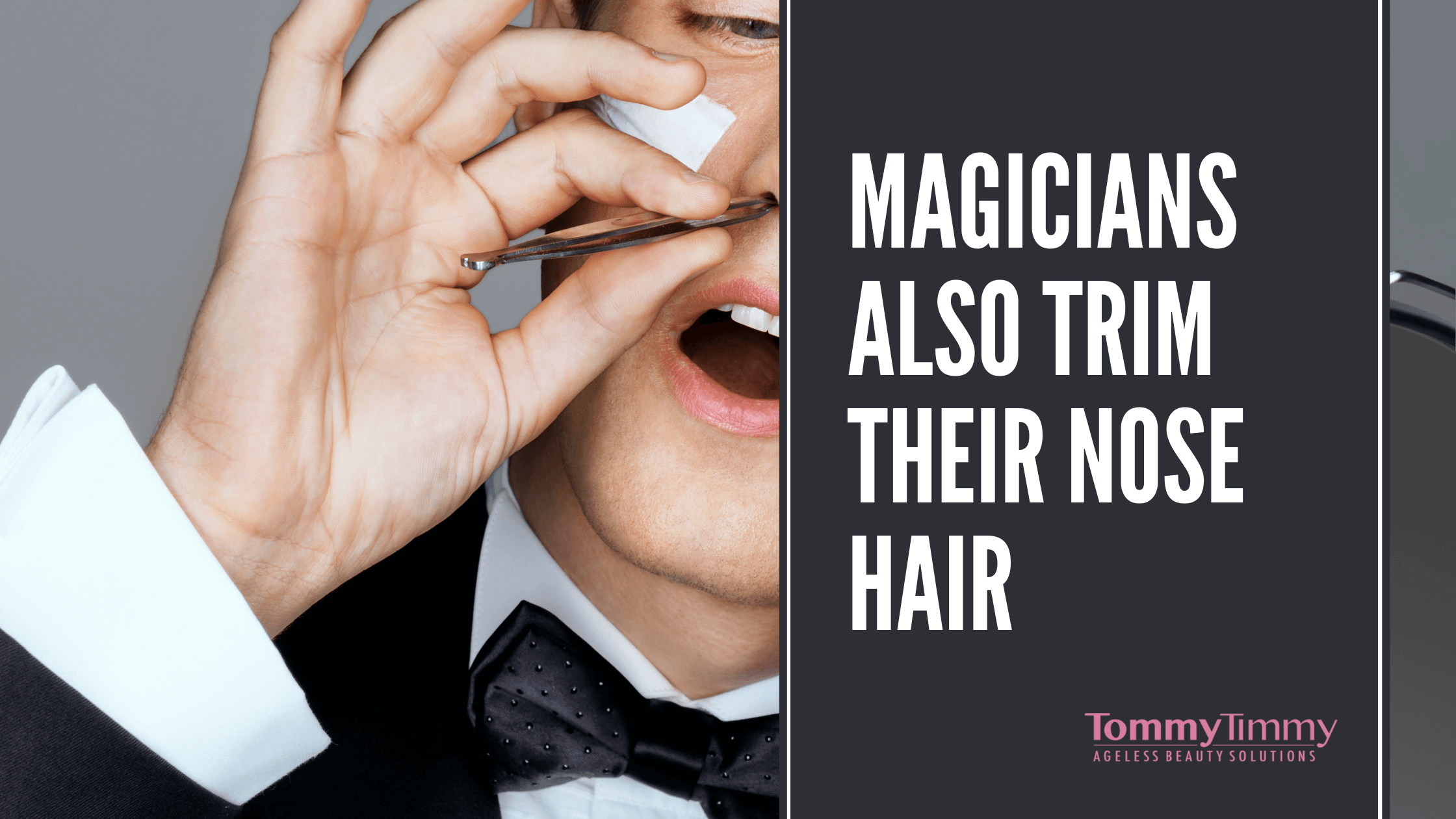
You do need to do something about it.
Dangers of Removing Nose Hair
People experiment by using other techniques to remove nose hair. The internal membrane of the nose is extremely sensitive, so you need to avoid:
Plucking the Hairs
Don’t be tempted to pluck your nose hair. You increase your chances of ending up with injuries and ingrown hair. Also, it hurts enough to make your eyes water!
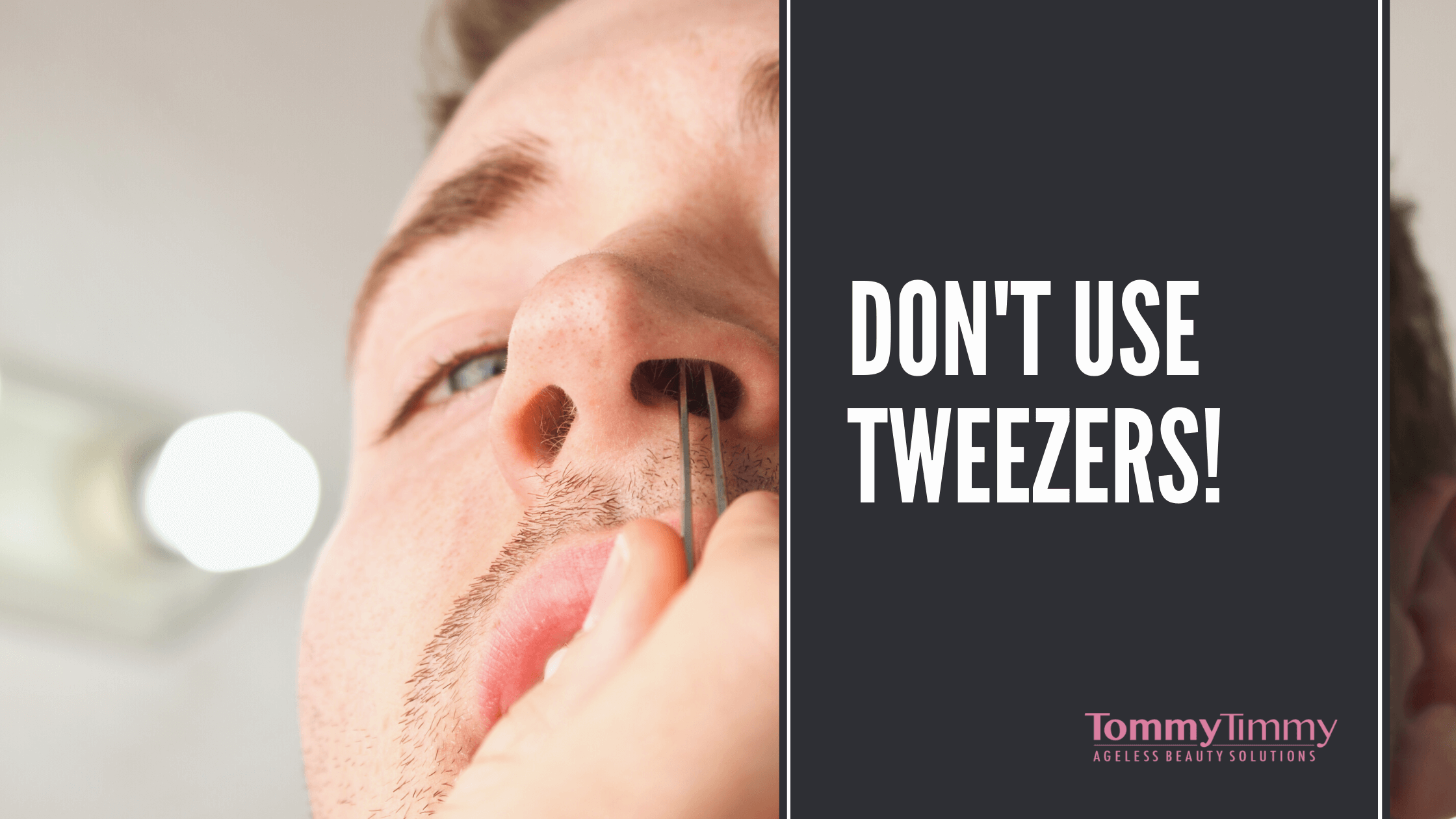
Apart from anything else, it hurts enough to make your eyes water!
Waxing Nose Hair
Instead of trimming, some people think using a Nose Hair Waxing Kit is a good idea because its results usually last longer. However, you risk hurting deep skin tissues.
Depilatory Creams
Depilatory creams such as Nair and Veet are not recommended for use in the nasal cavity. These hair removal creams are made with potent ingredients. So, applying the cream in your nostrils means that you risk inhaling toxic substances and affecting the health of your lungs.
Pointed Scissors
Some scissors have been specifically designed for removing nose hair. They have rounded ends to protect your sensitive skin membrane. Pointed scissors can cause injury, pain, or infections by puncturing the skin. Also, be careful when using surgical scissors to cut nose hair.
Organic Hair Removal Products
There are organic products that have been designed to facilitate the removal of nose hairs. But the nose has a delicate membrane. Hence you need to read the product label and instructions before using them as some products are not suitable for nasal hair removal.
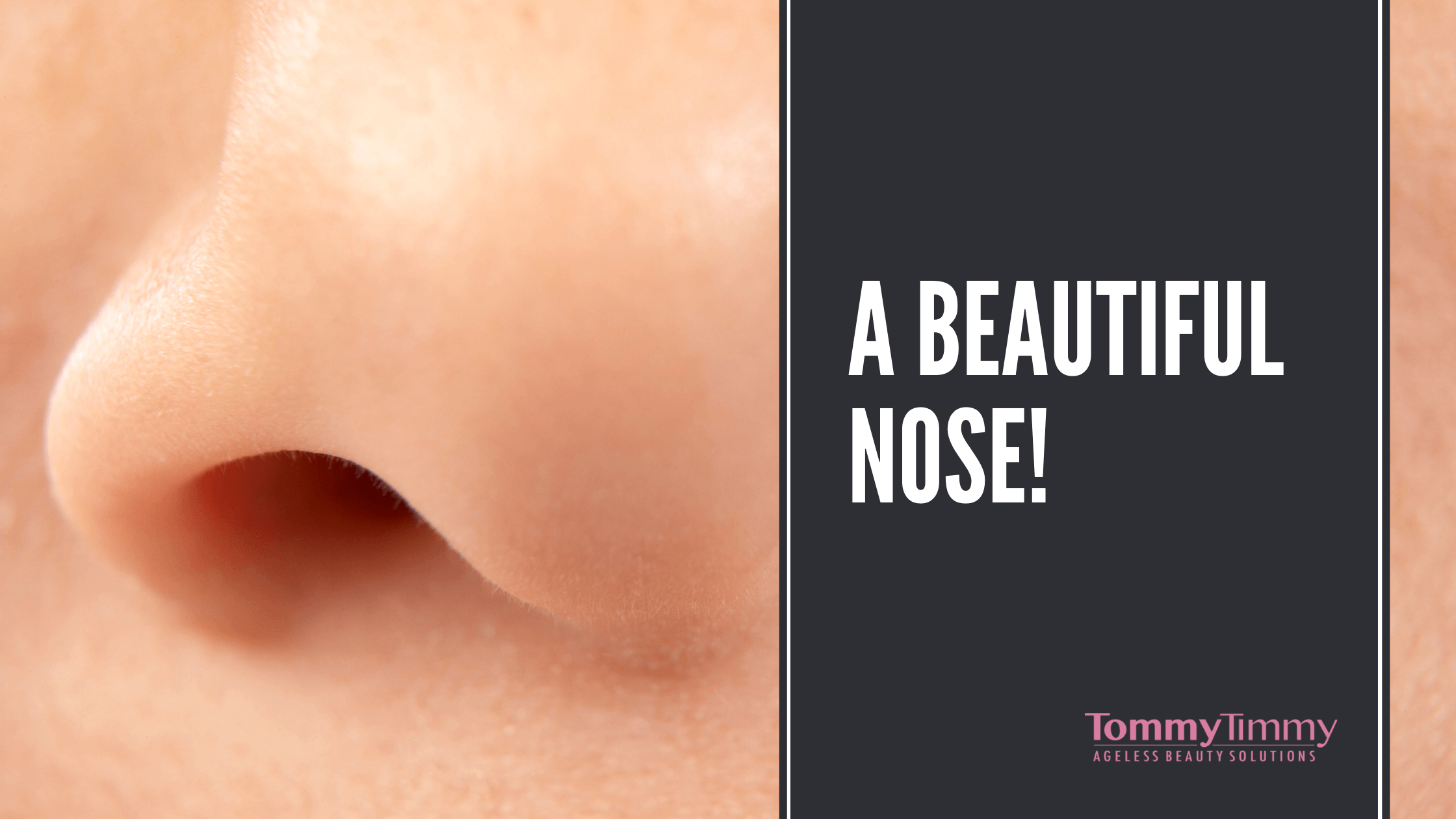
However, if you look closely you will see that there are also little hairs on her nose.
After all, did you really want to see another photo looking up someone’s nasal passages?
What You Need To Know About Nose Hair Removal
Protruding nasal hair can make you feel uncomfortable and self-conscious. As you grow older, you will find that although you might be losing hair on your head, your nose hair starts to grow at a rapid rate. So, don’t feel guilty if you remove it.
However, the cons of removing nose hair are that it has protective properties. They are responsible for protecting dust particles and other forms of allergens from entering your lungs and interfering with your breathing.
If you remove too much nose hair, you are at risk of suffering from frequent respiratory allergies. So, if you are going to remove them, avoid methods that may damage the delicate membrane within your nose.
Pros of Nose Hair Trimmers
The safest option is trimmers because hair is not completely removed, and it will grow back. If you are going to use laser treatment, then consult with a certified medical practitioner.

